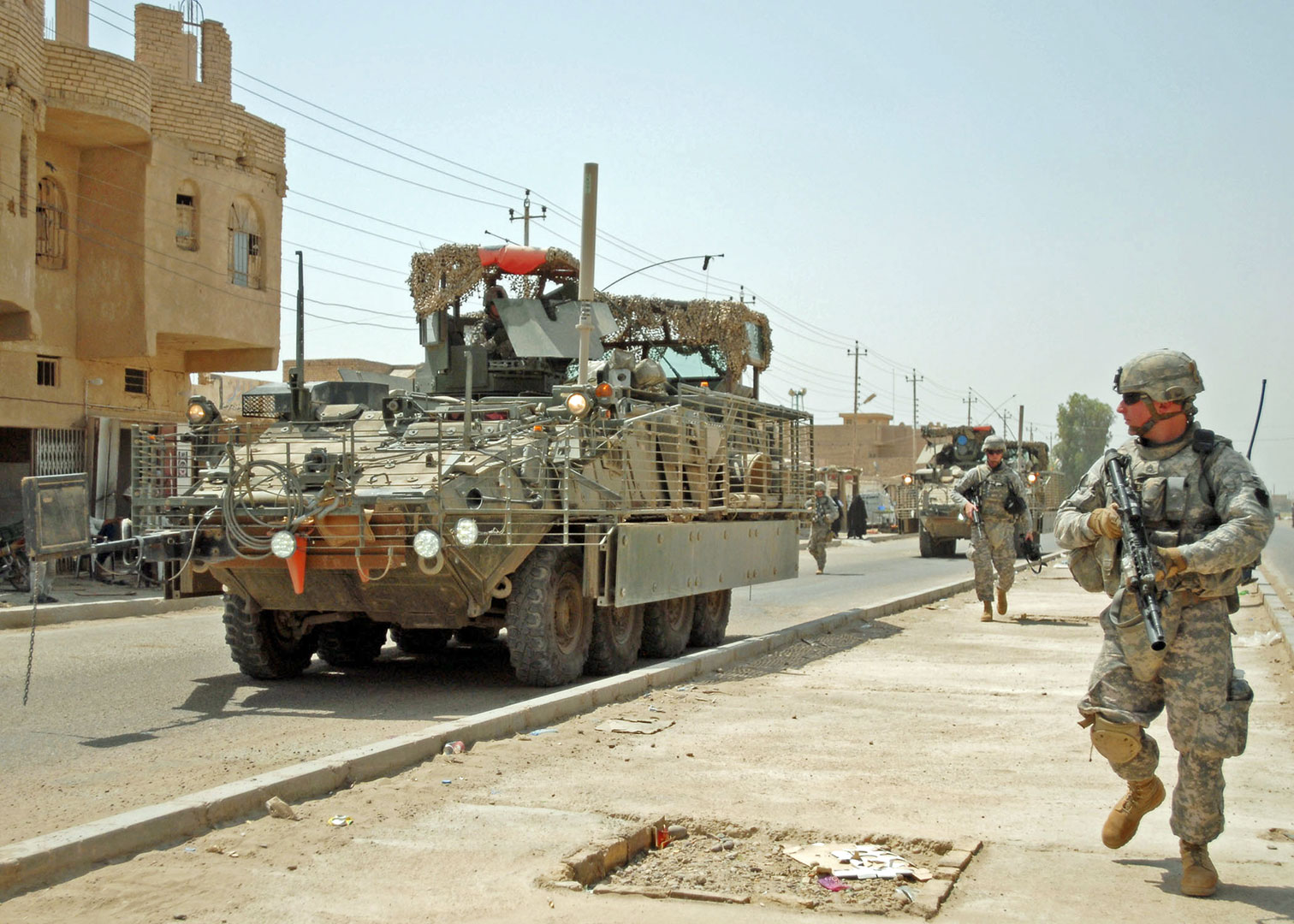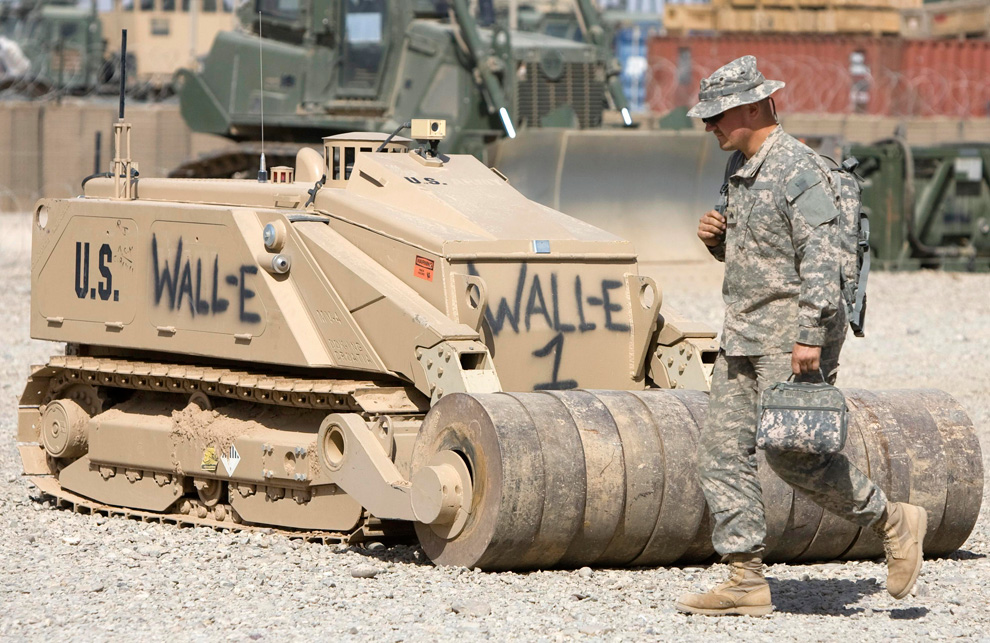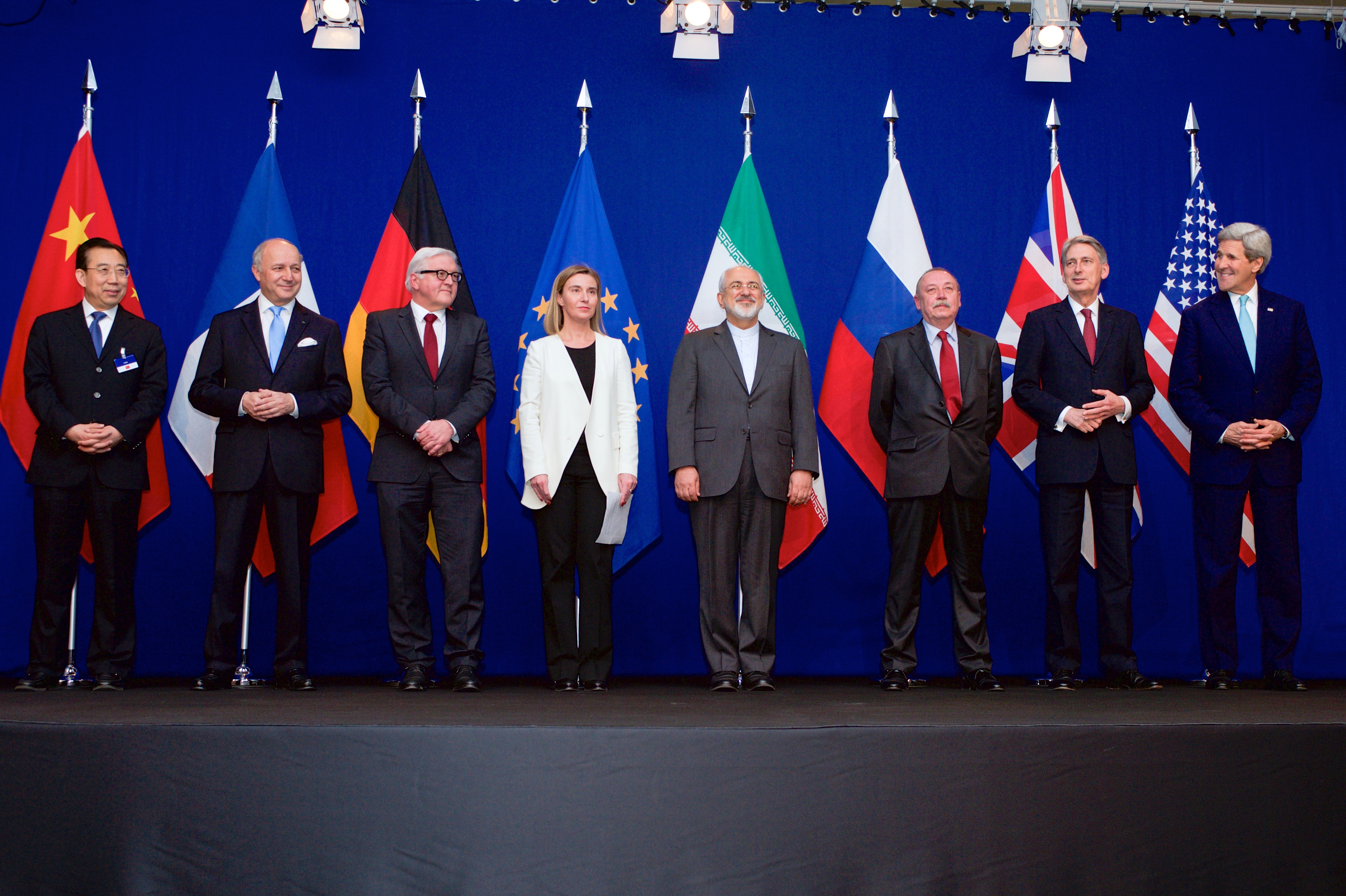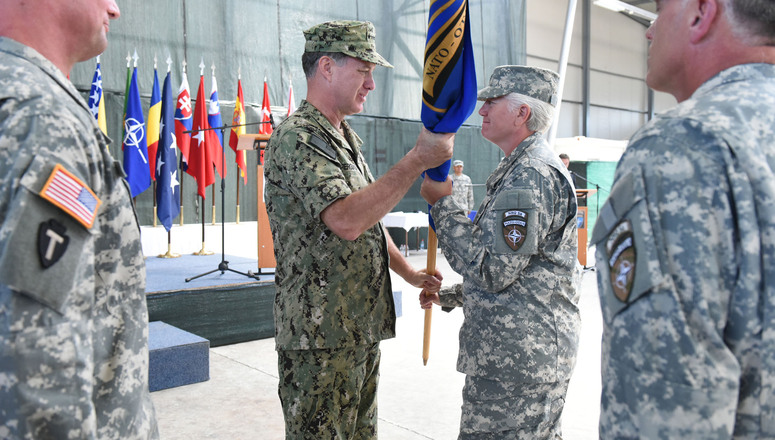
The organization of reserve forces not only impacts the military aspects of the waging of war but also the politics of the waging of war. The structure of a country’s reserve forces determines how quickly it can mobilize, how long it can fight, and, in the case of some adopters of the Total Force concept, whether they can effectively wage war at all. Part I of this series will look at the experience of the United States Army.
The United States and Canada, amongst other countries, follow different variations of the Total Force concept of reserve organization. The Total Force concept entails integrating active and reserve forces into a single, coherent ‘Total Force.’ As such, the reserve forces would augment, sustain, and support their active duty counterparts. To enable such integration of active and reserve forces into a single, coherent Total Force, active and reserve forces would have to be trained to the same levels (albeit with the caveat that active forces have more training opportunities.) This stood in stark contrast to more traditional concepts of reserve forces which entailed maintaining low-readiness units with little training and equipped with second-hand and frequently obsolete equipment either in independent units or as a (individual) manpower reserve to bring regular units up to combat strength and replace casualties. The chief benefit afforded by any type of reserve organization is the ability to maintain large numbers of forces (in low readiness) at reduced cost in terms of finance and manpower allocation (i.e. to the workforce or the military). Until 1945, the United States maintained of a (very) small active military and a large number of militia (in the National Guard) at the state level. Today, the United States Army maintains two reserve forces: the Army National Guard and the Army Reserve.
The Total Force concept has its origins in the reforms of the United States military following that organization’s experience in the Vietnam War. The Total Force concept was first articulated in 1970 and was elevated to official policy in 1973, the same year the United States abolished conscription. Despite the maintenance of large numbers of reserve forces, for political reasons the Johnson administration and American politicians were unwilling to deploy reserve forces to Vietnam and instead rapidly expanded the active force through the draft. Given the non-use of reserve forces, the Pentagon assigned the National Guard the responsibility for combat and combat support (i.e. infantry and intelligence) and the Reserves with combat service support (i.e. transportation, medical).
The Vietnam War was broadly unpopular with the American public and the American military leadership. Seeking to avoid the waging of war without broad-based political and public support, Army Chief of Staff General Creighton Abrahams adopted the Roundout Strategy, under which reserve forces were used to ‘roundout’ active divisions. This led to the notion of the so-called Abrams Doctrine. The reorganization of the reserves essentially entailed that the United States Army could not effectively wage major combat operations without the activation of the reserves as active units were intentionally kept below combat strength. Indeed, the General is reported as having said “They’re not taking us to war again without the Reserves!” In essence, the Total Force policy became an ‘extra-constitutional trip-wire’ on the presidential use of military force as the Army National Guard (but not the Army Reserve) could not be fully mobilized without Congressional approval. For example, Army Reserve activation would be essential to the waging of war as that organization provided the bulk of key logistical support functions, such as fuel transportation units. What the so-called ‘Abrams Doctrine’ did was affect the politics of the waging of war.
The first major test of the Total Force concept came with the defence of Saudi Arabia from Iraq, Operation Desert Shield, in 1990. Prior to this endeavour, reserve forces were maintained as a ‘strategic’ reserve for contingences but not deployed overseas. Notably, the ‘round out brigades’ were not called up in the initial mobilization and only three brigades were activated for offensive operations entailed in Operation Desert Storm, resulting in criticism of reserve forces employment. Moreover, these units did not engage in combat as a result of poor readiness. Following the end of that conflict and the beginning of the Cold War era, the United States modified its military posture away from the waging of total war to intervention in ‘trouble spots’ worldwide. The Roundout Strategy was discarded and replaced with the Roundup Strategy. The Roundup Strategy called for maintaining active units capable of waging combat operations independent on reserve forces support for thirty days. Reserve units would be used to help sustain the deployment by rotating with deployed active forces.
The Roundout Strategy and overall posture of American reserve forces faced its first major test in the Iraq War (2003-2011). Despite the best intentions of military planners, by 2006 the Army’s reserve components were providing about thirty-percent of forces deployed in Iraq and Afghanistan (this percentage dropped as the size of active forces were increased in response to demand). This was because reserve forces were being used to enabling ‘force regeneration’ – the cycling of units from combat deployments, resting and training, and being ready to deploy – with the aim of enabling every unit in the entire Army to deploy once every five years. What this resulted in was unprecedented strain on Army National Guard and Army Reserve personnel and their families. For example, since 9/11, over 900,000 reserve personnel have been deployed for combat in Iraq and Afghanistan, resulting in nearly 900 combat deaths. Moreover, such use of reserve forces led to criticism of the Total Force concept given the lack of distinction of active and reserve forces in the American military. Instead of acting as a supplement or reinforcement of active forces, American reserve forces have increasingly become a surrogate for active forces. In essence, reserve forces are reserve given their non-use. Once a unit is activated, it is no longer a reserve force in any sense of that term.
The United States has modified its reserve forces organization for many reasons over time. Indeed, for much of its history, the real source of American land combat power was found in the state-organized National Guard units. The Vietnam War and the politics behind that war in American politics resulted in a change of reserve forces structure and purpose. After that War, the Army modified its reserve forces organization and purpose through the Roundout Strategy in order to compel politicians to only seriously contemplate deploying effective forces abroad when they were politically willing and enabled to do so, in essence avoiding another Vietnam and the turbulent domestic politics that war created. Changes to the international environment after the end of the Cold War and the poor readiness of reserve forces for deployment against Iraq in 1990-1991 resulted in the discarding of the Roundout Strategy in order to enable the rapid deployment of forces worldwide. Again, the reserve forces structure and purpose was modified to suit political needs, in this case the ability to rapidly deploy worldwide during ‘pax Americana.’ This concept of reserve forces use was put under incredible strain with the simultaneous waging of war in Iraq and Afghanistan. The exertion of great strain on reserve forces personnel and their families naturally had consequences for the popularity of the war.
The reserve component of the United States Army, and the United States Army as a whole, is again in a period of transition with the termination of combat operations in Afghanistan and Iraq. With the United States apparent reluctance to engage in ground combat operations, in particular manpower-intensive ‘state building’ and ‘stabilization’ endeavours, serious cuts to the defence budget, the ‘pivot’/’rebalancing’ to the Pacific, and the general unpopularity of the Iraq and Afghan wars, it is likely that the reserve forces’ structure and purpose will again be modified and reflect another paradigm shift in the role of reserve force organization and purpose in the enabling of the waging of war. Indeed, the process is already underway.




